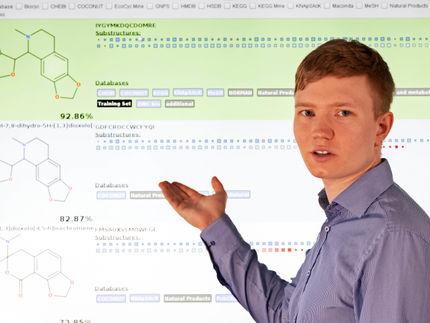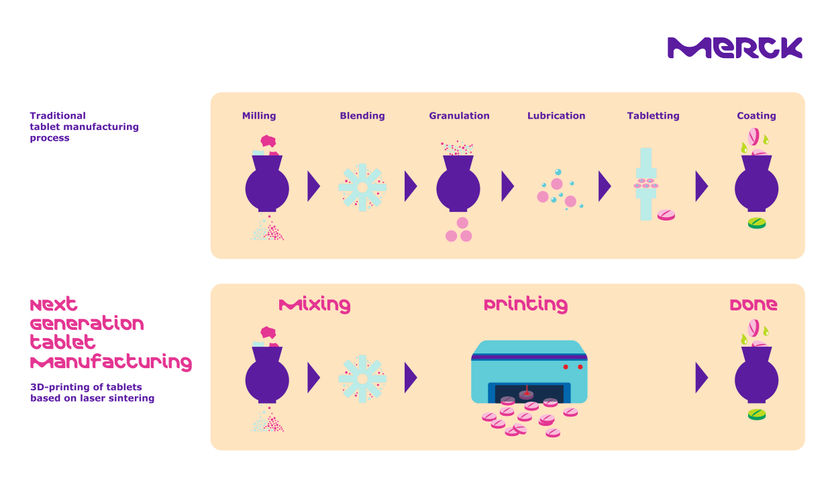A secreted signature of aging cells
senescent cells undergo an irreversible and permanent arrest of cell division and are hallmarks of both the aging process and multiple chronic diseases. Senescent cells - and more importantly the factors they secrete, known collectively as the senescence-associated secretory phenotype (SASP) - are widely accepted as drivers of aging and multiple age-related diseases.
A new study publishing on January 16 in the open-access journal PLOS Biology from Drs. Nathan Basisty, Judith Campisi, Birgit Schilling (Buck Institute for Research on Aging) and colleagues extensively profiles the SASP in human cells. They show that a core secreted protein "signature" of senescent cells is enriched with aging biomarkers found in human plasma.
The study utilizes a comprehensive and unbiased technique called mass spectrometry combined with bioinformatics to develop secreted protein signatures of senescent cells. The researchers' results show that the SASP is about ten-fold more complex than is currently appreciated, allowing them to propose new signatures of senescent cells - both 'core' signatures shared across all senescent cells and signatures that identify specific subsets of senescent cells.
Mouse studies have demonstrated that the targeted removal of senescent cells has beneficial effects on cardiac, vascular, metabolic, neurological, renal, pulmonary and musculoskeletal functions. Therefore, the selective elimination of senescent cells or inhibition of the SASP that they secrete are promising therapeutic approaches to treat age-related diseases in humans. Development of drugs that eliminate senescent cells, known as senolytics, or drugs that inhibit the SASP, known as senomorphics, requires molecular markers to assess the abundance of senescent cells. However, there are currently no simple reliable secreted biomarkers to measure the senescent cell burden in humans.
"We hope that these biomarker signatures will help us measure the burden of senescent cells in human biofluids, such as plasma, to aid the translation of senescence-targeted therapies into the clinic," says Dr Basisty. "We believe that the proteins secreted by senescent cells will also be important biomarkers for aging, neurodegenerative diseases, and other diseases marked by the presence of senescent cells."
Along with this study, the researchers launched the SASP Atlas, a curated database of proteins secreted by senescent cells. This resource can be used by others in the research community to identify proteins originating from senescent cells in their own research.
Original publication
Other news from the department science
Most read news
More news from our other portals
See the theme worlds for related content
Topic World Mass Spectrometry
Mass spectrometry enables us to detect and identify molecules and reveal their structure. Whether in chemistry, biochemistry or forensics - mass spectrometry opens up unexpected insights into the composition of our world. Immerse yourself in the fascinating world of mass spectrometry!

Topic World Mass Spectrometry
Mass spectrometry enables us to detect and identify molecules and reveal their structure. Whether in chemistry, biochemistry or forensics - mass spectrometry opens up unexpected insights into the composition of our world. Immerse yourself in the fascinating world of mass spectrometry!




















































